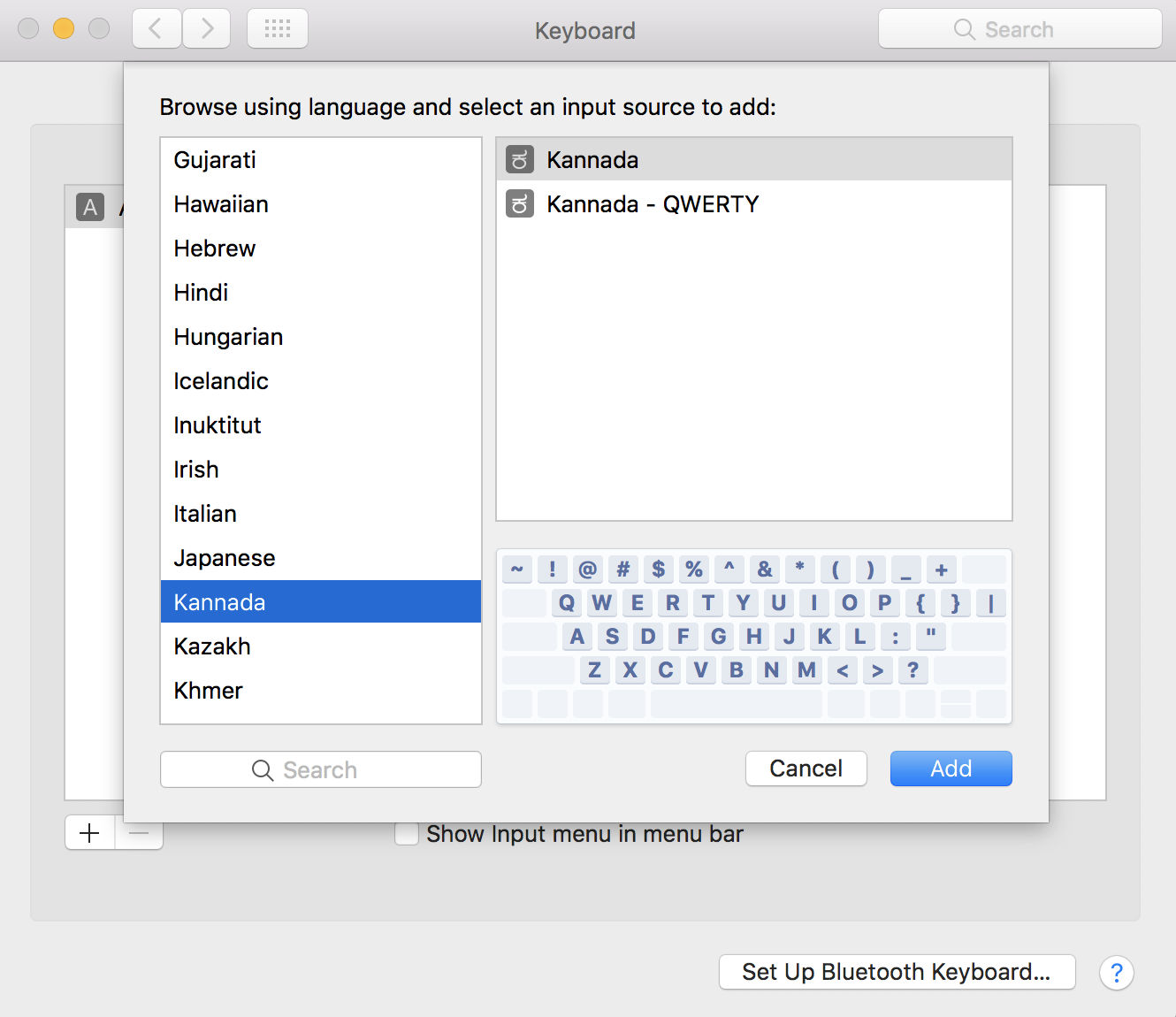
And that is constantly being fooled by the simultaneous dynamic contrast in the scene itself. only one device is going to work, and it is the Mark-1 Human Eyeball. If you are dealing with lighting that has a little bit of a spectrum spike or gap, or glass (lens) with a tiny amount of flare on either side. In other words, if your grade monitor is not calibrated, a "flesh-tone line" is still no help, and, even if it is somehow being stick-handled into some kind of compliance, if you have one of those devices that has real trouble with that part of the CIE plot, even a microscopic variance is going to result in too-green or too-magenta.
SCOPEBOX INPUT SOURCES GENERATOR
In practical terms, though, outside of any real mathematical formula which might provide a solution for someone's interpretation of "flesh tone", (whatever that is,, not my debate, but no matter) is a general consideration of how it is displayed and if an RGB generator can achieve a tonal representation with the fidelity that a mathematical projection of a value is predicting. To make a mathematically accurate "I"/"Q" display, however you still have to do all the matrixing. So then we got "lightning" and "diamond" displays which have no provision whatsoever for "phase", because it is irrelevant for recording.
SCOPEBOX INPUT SOURCES PORTABLE
(For all the folks still watching TV on their black&white portable Sylvanias, -no doubt with wire clothes-hangers twisted into weird shapes because one of the rabbit-ears is broken.) Virtually all modern chroma processing that uses a luminance/chrominance scheme is now Y',U,V anyway, ever since the advent and widespread adoption of CAV formats like Betacam and M-II in the early '80s. The math is easy to look up, but likely meaningless here, made more so as a result of it being an encoding scheme that is functionally obsolete even if backwards-compliance is still observed. It roughly corresponds to the Red/Cyan axis and is part of the basis of Y',I,Q color broadcast encoding and dates back to 1954. If you want some kind of hashmark on the chroma phase or component vector plane that roughly correlates to some kind of loose interpretation of what constitutes "fleshtone" - that already exists and has so for decades and it is the "In-phase" axis of any NTSC composite scope. there is no such thing as a "flesh tone line." Some of the reluctance around putting such an indicator on the display would go some distance in the direction of the bodies that regulate how digital datasets are interpreted, standardized and deployed.


Hopefully without deriding the contemporary state of technical awareness with too much contempt, and perhaps speaking out of turn in defence of someone who is around on the other side of the world at the moment.
SCOPEBOX INPUT SOURCES SOFTWARE
That is why the on-board vector scope in almost every software offering is practically useless.īut as far as the "flesh-tone line" is concerned, if I am going to keep any of my reputation as Defender of the Engineering Faith is concerned.

We need to see as much detail in that extremely narrow zone as possible. For colorists, the absolute value of saturation is not particularly important, except when its too high, but the origin, (grey scale balance) is critical.

The latter of which is how I run my Videotek vector display: at 4.54x by default. Marc Wielage wrote: they were not receptive to suggestions for the product, like providing a wide-range magnify command for the Vectorscope display


 0 kommentar(er)
0 kommentar(er)
